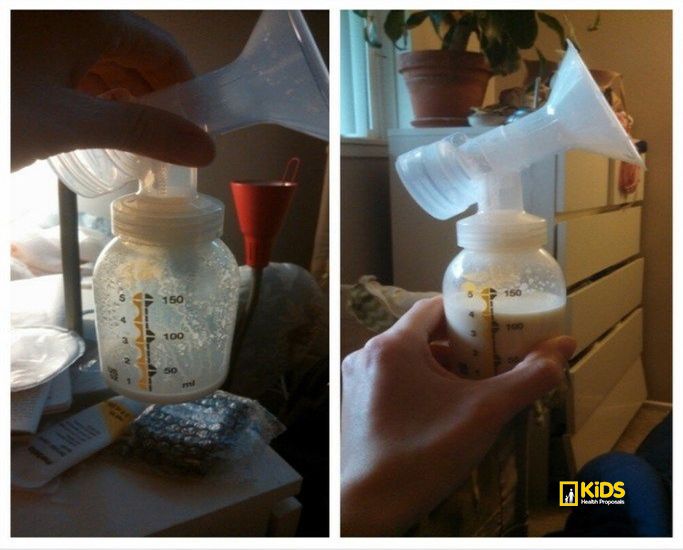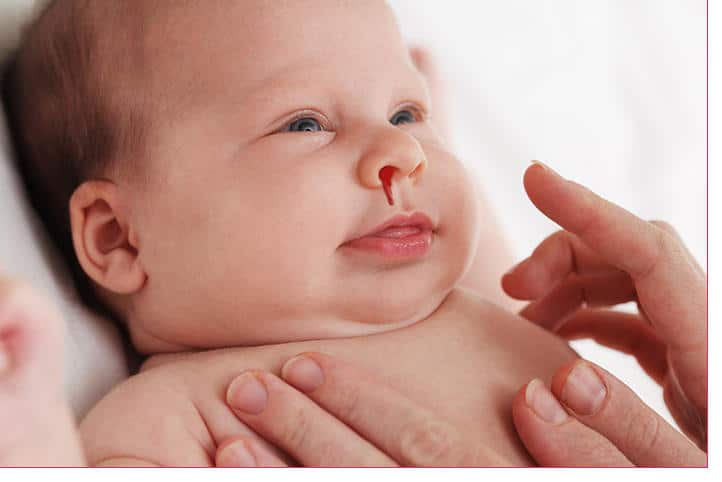How often should i pump to increase milk supply?
How often should I pump to increase milk supply? This is a question that preoccupies a large number of breastfeeding mothers. To be able to increase the amount of milk, it is helpful to understand how milk production is regulated during breastfeeding. In this article, the phases of milk production from pregnancy to established breastfeeding are presented for a better understanding, and then the theory of short-term and long-term increase in milk production is explained. Finally, practical tips are listed.
How to Increase Breast Milk Supply by Pumping?
The key to increasing the amount of milk effectively is emptying the breasts frequently and thoroughly.
After the so-called milk injection (around the 3rd day after birth), milk production is no longer primarily controlled by hormones, but regulated by demand, i.e.:
- The emptier the breast, the more actively the mammary gland cells reproduce new milk.
- As the breast fills, the rate of production in the milk slows down.
- If the breast is overfilled or if milk remains in it, the tension in the milk vesicles (alveoli) releases a whey protein FIL (= Feedback Inhibitor of Lactation), which inhibits milk production directly in the areas of the breast that have not been emptied.
- If there is a lack of milk, always empty your breasts well, because the demand regulates the supply.
- Milk-forming teas, medications, and other therapies can also be used as support.

When pumping, it is not important to pump for a certain period but to empty the breasts as thoroughly as possible.
Pls click on it for read our article about
“Can You Overfeeding Baby Breastfeeding ?”
https://kidschildrenshealth.com/overfeed-a-breastfed-newborn-baby/
If the baby cannot empty the breast effectively enough (temporarily), the breast must also be emptied: by expressing, hand emptying, or a combination of both (see also expressing and storing breast milk). Here it is important to choose a suitable breast pump: hand pumps, simple or technologically outdated electric breast pumps are not enough to effectively increase milk production. The mother needs a modern electrical hospital and rental pump with a double pump set and two-phase technology (stimulation and emptying phase). The pump should be as quiet as possible, gentle on the nipples, and easy to use.
When the milk is expressed, both breasts should usually be emptied at the same time. This not only saves time – the breasts are also emptied more thoroughly. To stimulate the milk ejection reflex, the pump should first be set to the stimulation phase and as soon as the milk is running, the vacuum should be set to the highest level that is not yet painful. This procedure helps to empty the breast as well as possible.
In the case of a baby who is not (yet) drinking effectively, the breast should ideally be emptied after each breastfeeding to increase milk production quickly or as often as possible. The breast milk obtained is fed to the baby and can be stored and fed at room temperature until the next meal (see Storing breast milk and feeding stored breast milk).
If the baby cannot reach the breast, the breast should be emptied at least 8 to 12 times in 24 hours. It is tempting to wait longer between emptying, as higher amounts of milk can then be obtained per emptying session. So milk production seems to be more profitable. But the total amount of milk that is obtained throughout the day remains lower. A breast emptying protocol helps to keep an overview (see also our protocol templates).

Warming the chest before and during pumping (to 37 ° C) helps to empty the chest more thoroughly (see also temperature compresses for the chest). The milk flows better at higher temperatures and the viscous milk fat dissolves more easily from the glandular tissue.
Temperature compresses or a pre-warmed towel can be used to warm the chest. The warmth makes the milk flow more easily (including the high-fat hindmilk) and the breast can be emptied more thoroughly. (Mamivac)
Relaxation:
Is the mother tense inside, e.g. because she is afraid of not having enough milk, the stress blocks the milk ejection reflex? She needs undisturbed rest and the feeling of security to be able to relax.
Our previous article When to stop breastfeeding and How ? We also recommend that you read our article.

Hello, I’m Dorothy. I love writing and researching articles. Reading books about baby health, care and pregnancy is my favorite. I will be sharing delicious and healthy information on food and baby food during pregnancy.











